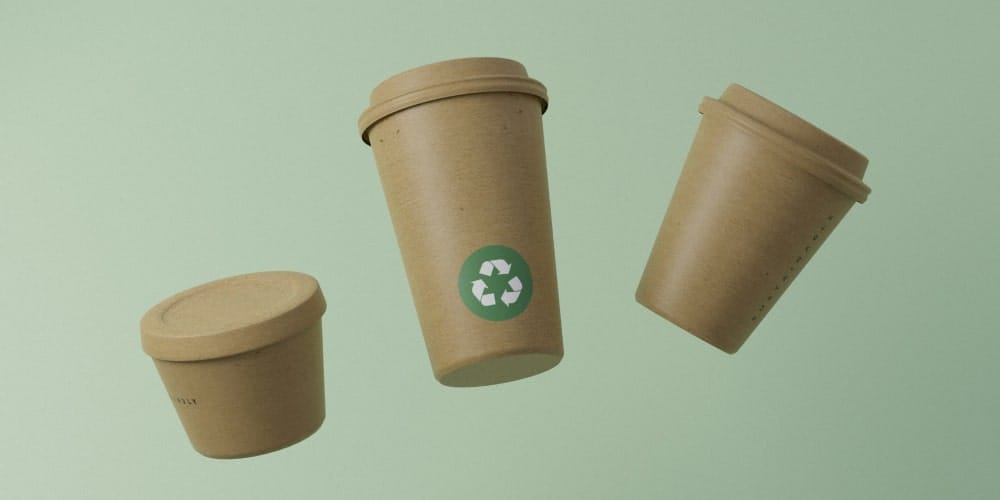According to a 2024 Nielsen study, 73% of global consumers say they’re willing to change their consumption habits to reduce their environmental impact. With packaging often being the first physical touchpoint a customer has with your brand, it’s a prime opportunity to show you care about the planet. But with great power comes great responsibility, which means making unsubstantiated sustainability claims can destroy customer trust and even get you in trouble with regulators. So the key to designing sustainable packaging is to be transparent, specific, and honest.
What Is Greenwashing? And Why Does It Matter?
With the surge in emphasis on sustainability has come a rise in greenwashing as well. Greenwashing refers to when a brand exaggerates or falsely markets their products, making it appear more sustainable than it actually is. While sustainability can be a brand differentiator, misleading claims damage credibility, erode trust, and can even result in legal consequences. They’re commonly done through:
- Using vague buzzwords like eco, green, or earth-friendly without context or proof
- Making unverified claims (e.g. “100% recyclable” when components aren’t)
- Highlighting one positive attribute while ignoring more harmful ones
- Using imagery (e.g. leaves, earthy colors) to imply sustainability without substance
Avoid greenwashing by considering these few steps when designing your packaging:
Step 1: Be Specific With Your Claims
One of the most common mistakes is relying on generic terms that sound good but don’t mean much. Instead, get clear and factual. These small changes may seem insignificant, but they help customers understand exactly what makes your packaging sustainable and prevent false assumptions.
Avoid blanket statements like:
- “Eco-friendly”
- “Green packaging”
- “Sustainable box”
Instead, be specific about how your packaging is sustainable:
- “Made from 90% post-consumer recycled cardboard.”
- “FSC®-certified paper from responsibly managed forests”
- “Compostable mailer. Industrial composting required”
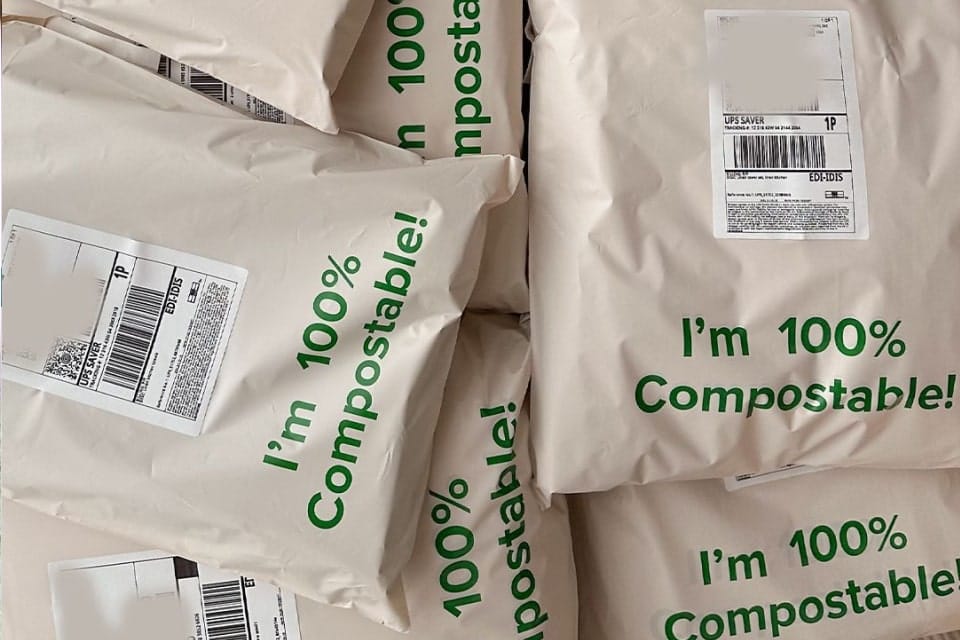
Step 2: Use Recognized Sustainability Symbols
Using globally recognized symbols can help customers quickly understand how to dispose of or interact with packaging. But you should only use them when you're truly eligible and have the proper licensing. Misusing these symbols, even unintentionally, can result in regulatory penalties so always ensure that you meet the specific criteria before including them on your packaging.
Here are some of the most common and trusted labels:
- Mobius Loop (Recycling Symbol): Indicates recyclability, but be cautious. You should only use this if the packaging is recyclable in the markets you ship to.
- FSC® Logo: This certification ensures that the paper or board used comes from responsibly managed forests. (PackMojo offers FSC-certified materials on request!)
- Compostable Logos (e.g. OK Compost, TUV): Use these if your packaging is certified to break down in home or industrial composting systems.
- Plastic Resin Identification Codes: Required in some regions, these indicate the type of plastic used for recycling purposes (e.g. PET, LDPE).
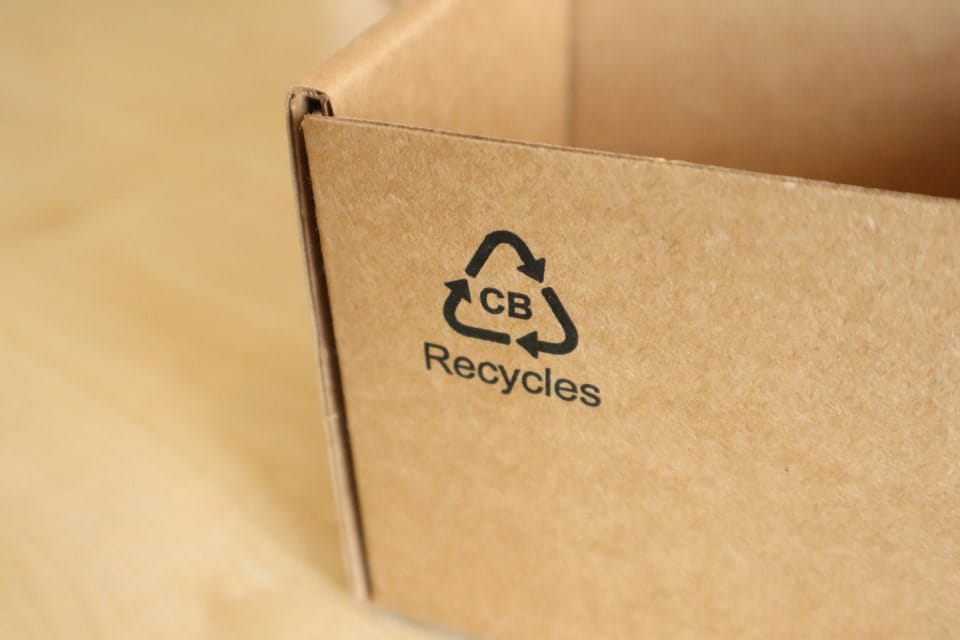
Step 3: Offer Clear Disposal Instructions
Even if your packaging is recyclable or compostable, customers won’t know unless you tell them. And if they’re unsure, it usually ends up in the trash. So it’s key to make disposal easy by including clear instructions. The easier you make it, the more likely your customer will follow through. This could be done by:
- Using simple statements like: “Place in paper bin after removing sticker” or “Home compostable, no plastic lining”
- Include QR codes that link to disposal guides or your sustainability page
- Help to break it down for multi-material packaging (e.g. “Box: recyclable / Window: remove and discard”)
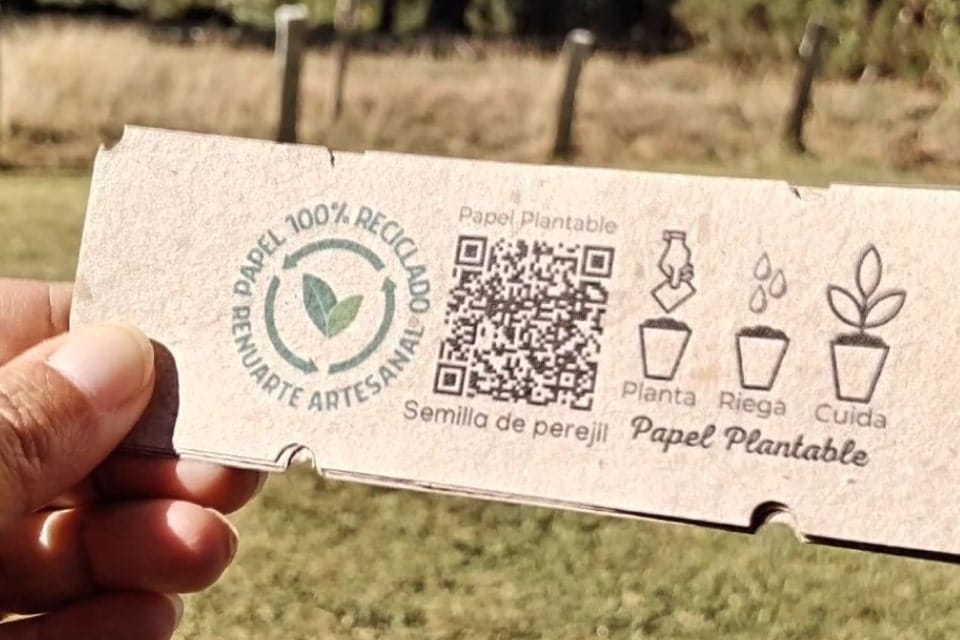
Step 4: Tell the Story, But Keep It Honest
If your brand has taken steps to reduce packaging waste, use fewer materials, or switch to recycled content, let your consumers know! It’s okay to acknowledge limitations because customers appreciate honesty over perfection, and this can help to build trust, showing that you're genuinely working toward better solutions.
If your brand is taking meaningful steps, share them! This can look like dedicating a small section on your website (or packaging insert) to explain your sustainability decisions, why you chose certain materials, how they can be disposed of, and what you're working on next. Customers want to support businesses that align with their values. Just make sure your story is:
- Truthful: Only share what you’ve done, not what you hope to do
- Evidence-based: Back it up with data, certifications, or before/after results
- Customer-focused: Show how it benefits them (and the planet)
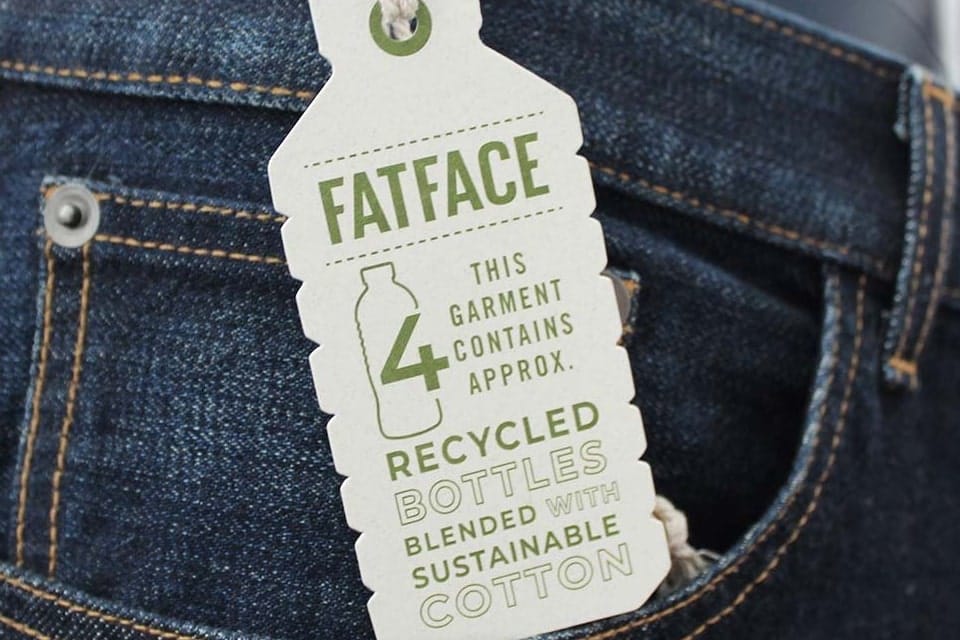
Final Thoughts
In a world where “green” messaging is everywhere, clear and honest communication sets you apart. Sustainability is a journey, and communicating it well can be just as important as making the right packaging choices. By using clear language, credible certifications, and thoughtful design, your packaging can educate, inspire, and build trust.
Whether you're looking for custom boxes made from recycled materials and soy-based inks or advice on communicating your eco-efforts, PackMojo is here to support your packaging journey. Our team is here to walk you through material selection, certifications, and design choices to ensure your packaging authentically tells your story.
